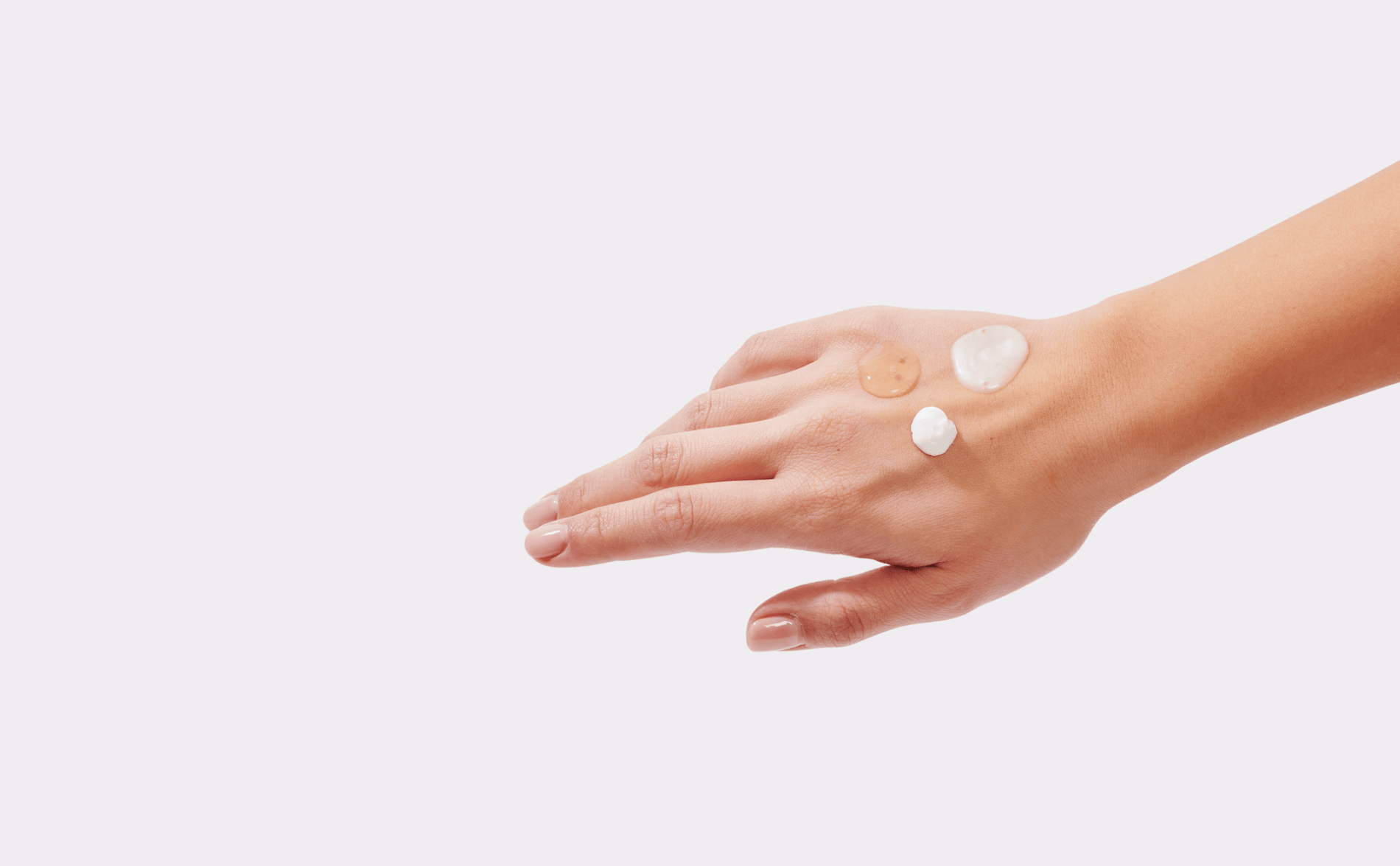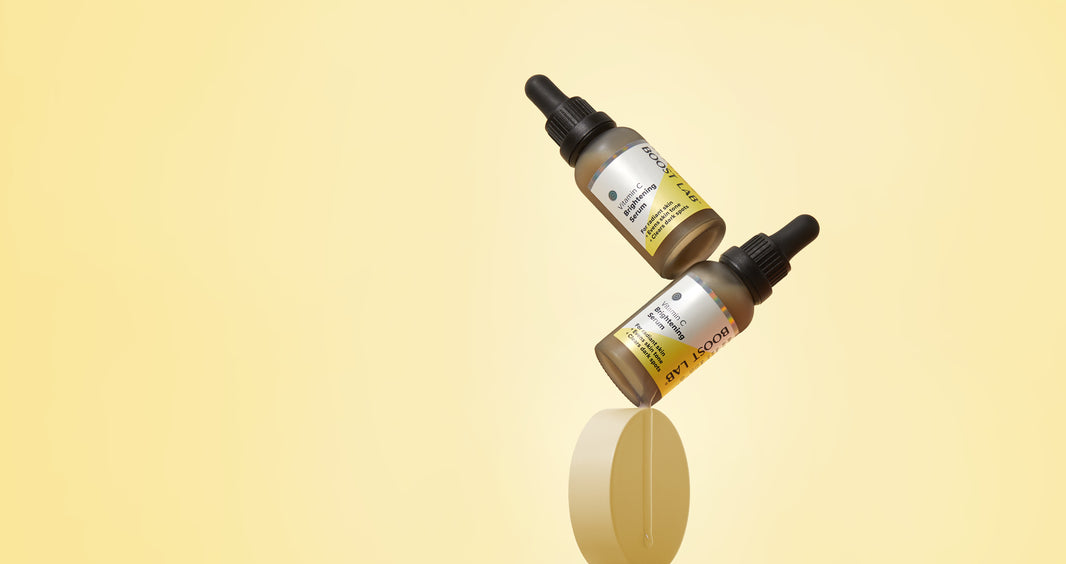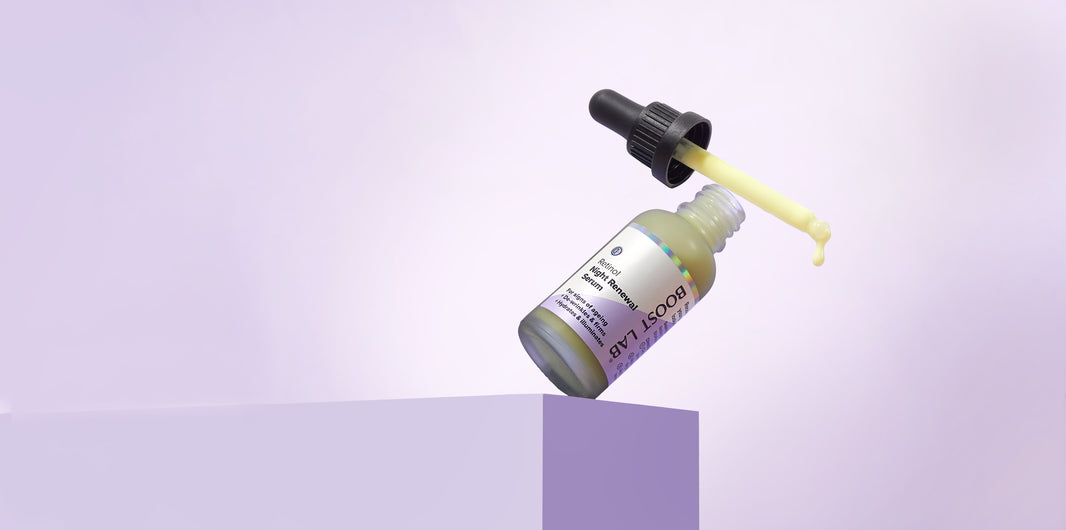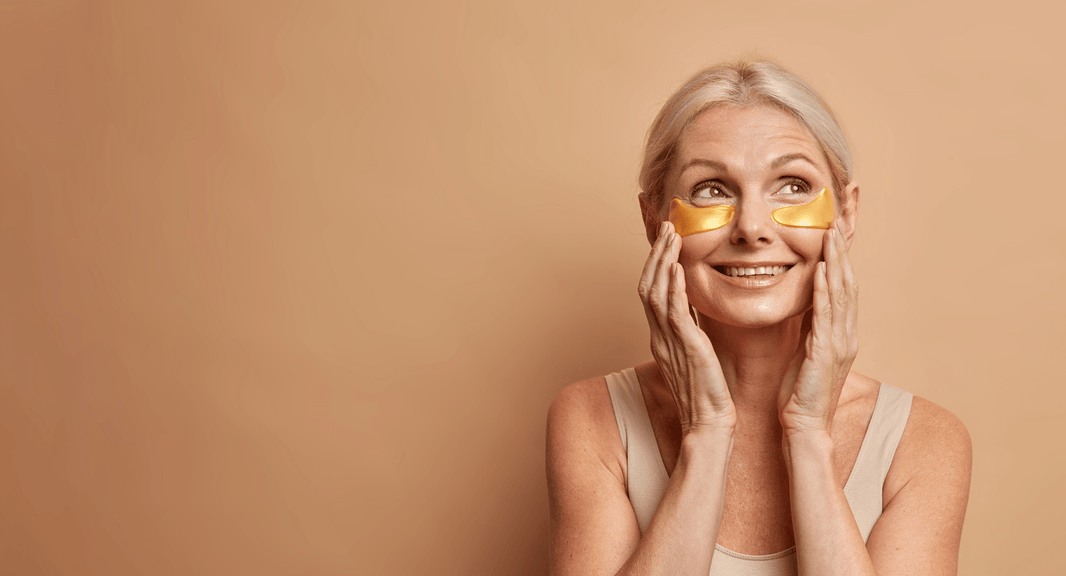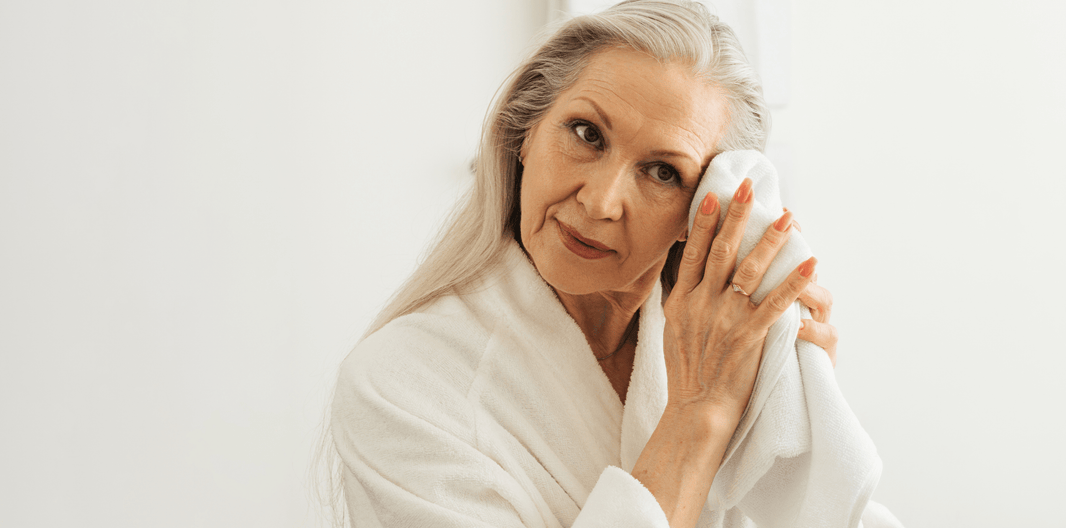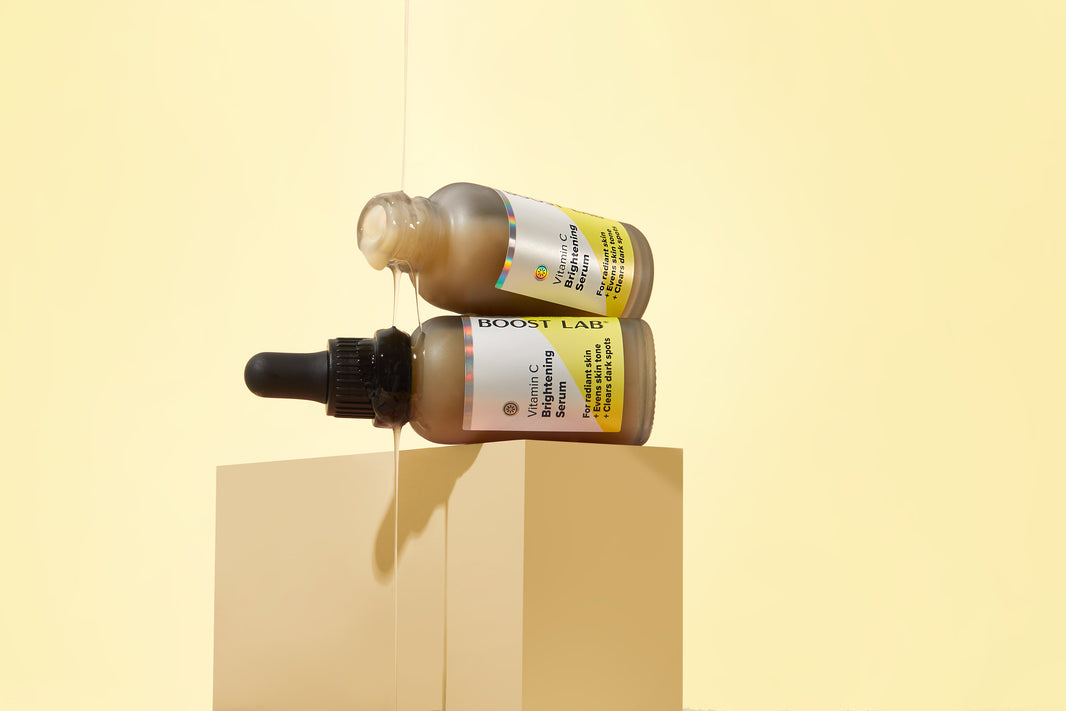No matter how many articles you read, Instagram posts you save or Tik Tok videos you watch, remembering the correct order to layer your serums is about as easy as remembering to floss (that is, it’s near impossible).
If staring at your bathroom shelf every morning and evening leaves you feeling overwhelmed, all you have to do is remember this one golden rule:
The first serum that goes on your skin is the serum that targets your number one skincare concern.
Why? Because after cleansing, your skin is primed for optimum absorption - so that first serum is going to be able to penetrate deep into your skin and get to work.
Pop quiz:
Chloe’s skin is extraordinarily flaky and tight. Chloe’s primary skin concern is _________ so, the first serum Chloe is going to apply to her face every morning post-cleansing is ____________.
If you answered “dryness” and “2D Hyaluronic Hydro Boost” congratulations! You’ve got this layering thing down pat (almost). If Chloe’s next biggest skin issue is break-outs, the next serum she’s going to apply is Vitamin B3 Blemish Rescue Serum. After that, it’s moisturiser, SPF and she’s out the door.
Simple. For the most part. But there are a few other rules…
1. Not all serums get along
Take AHAs and retinol for example. On their own, these ingredients are regenerative powerhouses that support cell turnover for rejuvenated, youthful skin. But when used together, the pair can cause serious skin irritation. We think it’s a good idea to have both in your arsenal, but use them on alternating nights, or, if you’re in the market for a new hobby - take up skin cycling.
2. Some serums do their best work during the day, while others deliver results overnight
If we were to group our serums into the early birds, night owls and all-rounders, here is where each would fit:
Early birds:
Vitamin C protects your skin from sun damage and free radicals, so it’s most effective when used in the morning.
Night owls:
AHAs gently exfoliate your skin by loosening the bonds that hold onto old skin cells to reveal new cells. In doing so, they make your skin more sensitive to the sun and should only be applied at night and followed with a good cleanse in the morning and a generous serving of SPF.
Not only does sunlight decrease the efficacy of retinol, but retinol makes your skin more sensitive to UV rays so, just like AHAs, retinol should only be used at night. Moreover, retinol is ideal for nighttime use as when you sleep, your skin shifts to renewal mode and a retinol serum supports this overnight rejuvenation.
All-rounders:
Multi-Peptide Anti Ageing Serum, Bio-Active Eye Reset Serum, 2D-Hyaluronic Hydro Boost Serum and Vitamin B3 Blemish Rescue Serum can be used morning or night and get along with pretty much every serum under the sun.
3. Three is the magic number
While it might be tempting to eradicate wrinkles, diminish dark circles, even skin tone, control oil production, amplify hydration and gently exfoliate all in one hit - we recommend layering no more than three serums at one time. Why? Because using too many serums at once can overwhelm the skin and lead to irritation and redness. Plus, drenching your face in too many layers can prevent the ingredients from penetrating the skin and doing their thing. Once you’ve chosen the right serums for your skin, apply them based on your skin concerns and always wait 30-60 seconds for each serum to absorb between layers to avoid pilling.
If you’re still unsure which serums you should use in what order, take a look at our bundles. We've taken the guesswork out of building your skincare routine by bundling our serums based on the most common skin concerns. You can also find detailed guides for application on each bundle page.


